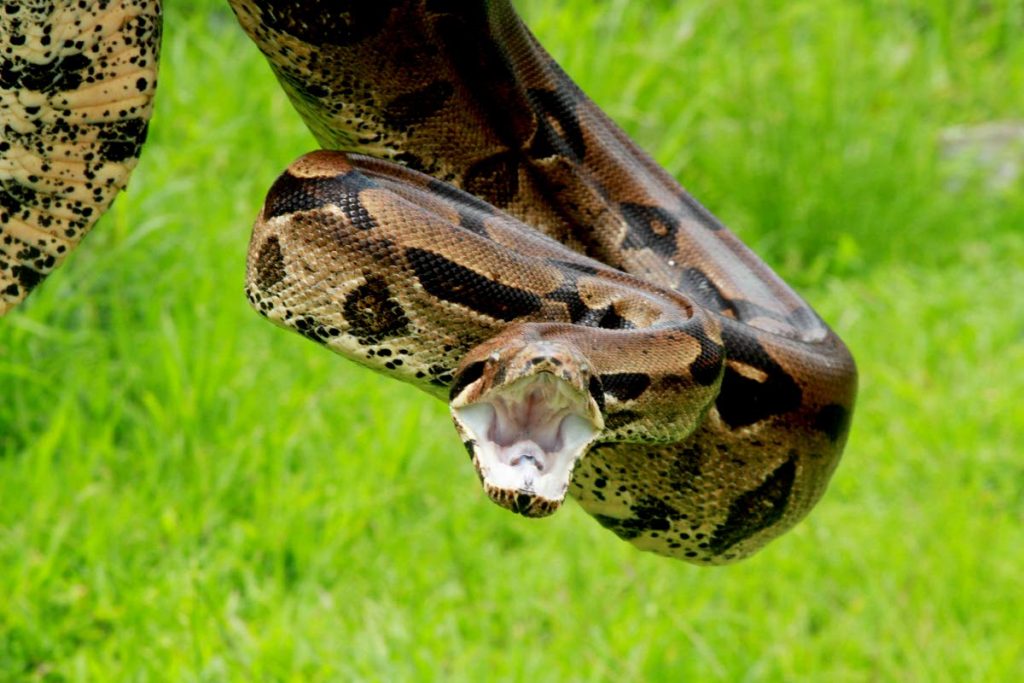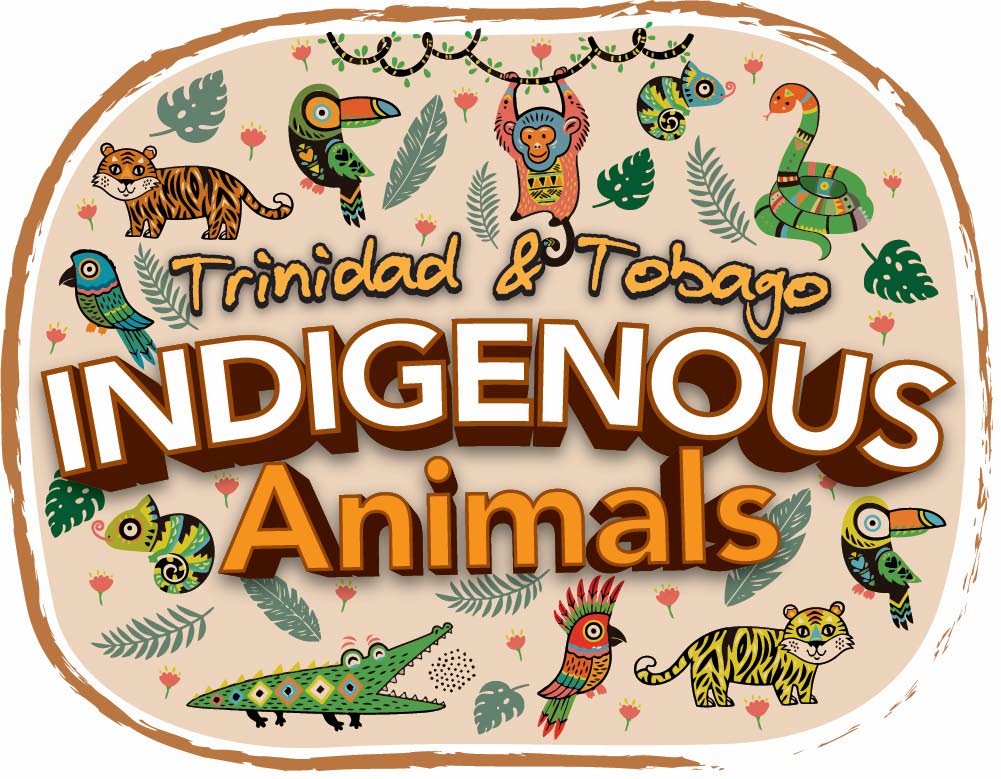Boa constrictor, what Trinidadians call macajuel

The boa constrictor is the second largest snake found in TT with only the Anaconda being larger.
Commonly called the macajuel locally these snakes can grow to incredible lengths.
A fact sheet by the University of the West Indies states that these snakes can grow to lengths of up to 14 feet and weigh as much 150 pounds.
According to National Geographic, the longest recorded boa constrictor, in the world, was measured to be a whopping 18 feet long.
“The largest I have ever come across in TT was 12 feet long and that was in 1992. It was brought to me by someone from Guayaguayare,” said Saiyaad Ali.
Ali, the managing director of the Reptile Conservation Centre of TT, is a herpetologist which means he studies reptiles and amphibians such as snakes, lizards, and turtles.
Originating in South America, the size of boa constrictors has inspired many stories.
Ali told Newsday Kids, “You hear stories about hunters being in the forest and saying that they sat on these snakes thinking they were logs because they were so big.
“The stories go that only when hunters lit fires, the heat from the fires would make the snake move and then they would realise it wasn’t a log but a snake they were sitting on.”
A non-poisonous snake, boa constrictors coil around their prey until they suffocate.
Like all snakes, boa constrictors do not chew the carcass of their prey, but they digest them whole.
A chemical in the snake’s stomach breaks down the prey.
Given boa constrictors are semiarboreal – which means they spend some of their life in trees – their diet reflects this lifestyle.

In the wild, these snakes feed on everything from birds, rats, and small mammals to lizards.
Boa constrictors feed in trees more during their younger years but as they get larger, and heavier, they will spend more time catching prey on the ground.
But did you know these snakes can also prey on livestock like young goats and poultry or even pets like small dogs and cats?
You may be wondering; how can they do this?
Ali explained, “For people who live close to forested areas and have farms, there are records of these snakes feeding on farm animals.”
Because of this, Ali said boa constrictors are killed, but he advises against this.
So, what should people do if they find boa constrictors in their yard or on their farms?
“My advice is no one should hurt or harm animals. If you don’t know what kind of snake it is, try to contact the relevant authorities to move them.
“Also, do no try to remove them on your own. Although these snakes are non-poisonous, they do carry two rows of teeth and can bite,” said Ali.
Despite the threat they face from humans, these snakes are not endangered.
The fact that these snakes reproduce at high rates contribute to their high numbers in the wild.
Boa constrictors are live bearers which means they give birth to live young ones.
On an average, one boa constrictor can give birth to 60 young snakes.
Although these snakes aren’t birthed in eggs, they are born in a transparent sac from which each young snake emerges.
Boa constrictors are one of the more popular snakes kept in captivity as pets, locally and abroad, Ali said people who want to keep them as pets in TT must get a permit as, while not endangered, they are protected by law.

Comments
"Boa constrictor, what Trinidadians call macajuel"